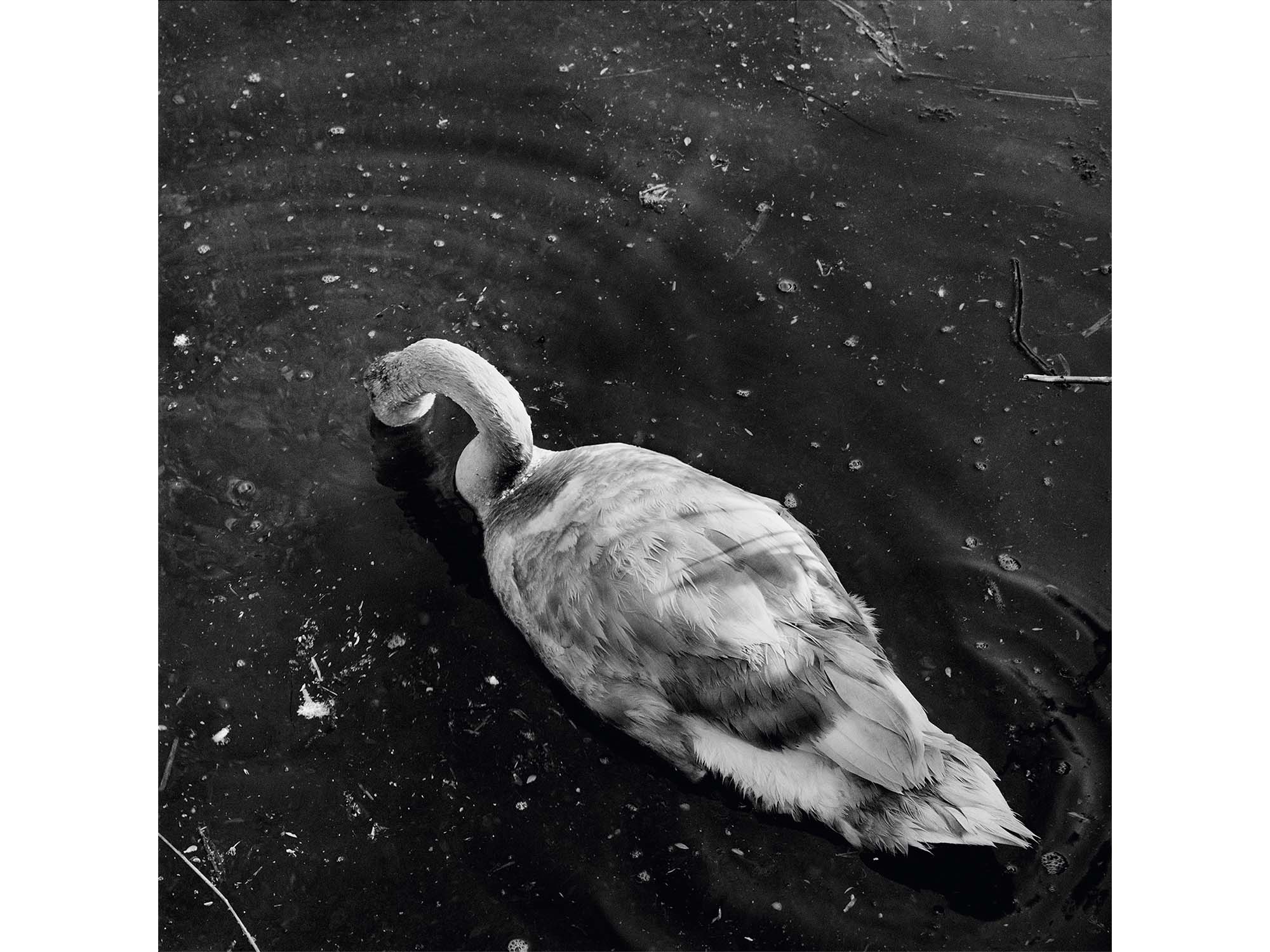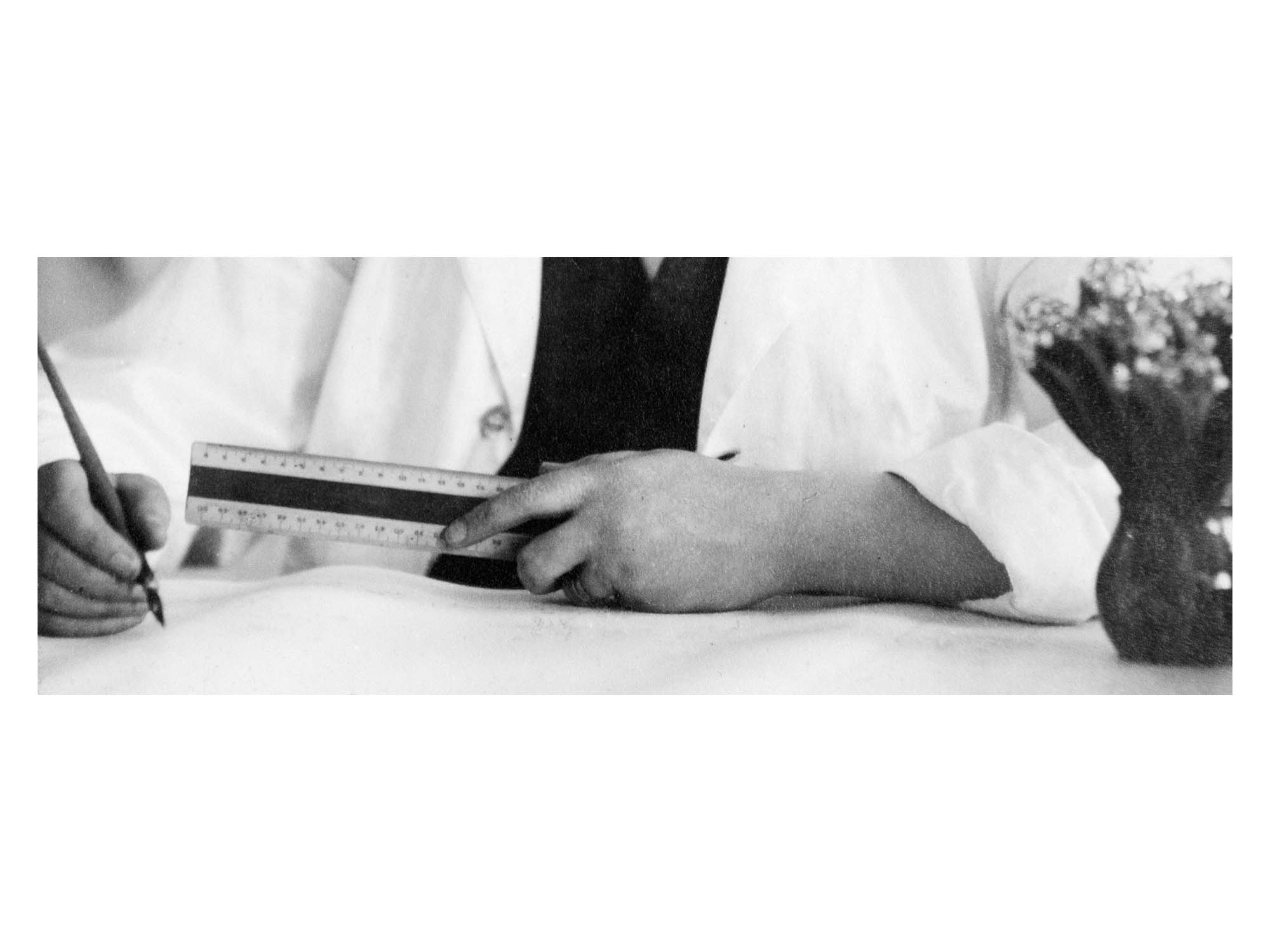The Tangled Web of Belonging
2016
C-type prints and digital silver gelatin prints
Variable demensions
Nina Mangalanayagam presents photographs from her series The Tangled Web of Belonging. Her practice is semi-autobiographical and research-based. Her work is about seeing and revealing. Her photographs depict multiple metaphors, locations, and elements of personal meaning: self-portraits and portraits of her mother, objects that refer directly to colonial history, and nature seen as a place for mapping out possibilities or as a symbol for both constraints and breaking away from them. As both an experienced artist and teacher worth a substantial practice, Mangalanayagam constructs each image as simultaneously emotional, pedagogical, discursive, and referential. Thus, each image needs space around it, almost as if to reflect the vastness of history and meanings from which it comes.
“What does it mean that my mother and I create a contradiction when sharing the same frame? For one thing, I am a reminder that nobody is unquestionably white. The images are from a body of work combining still lifes, portraits, and nature scenes into a metaphorical mix that illuminates the entanglement of narratives, myths, control, and hybridity.”
(Nina Mangalanayagam)
Biography
Nina Mangalanayagam is an artist and a Senior Lecturer in Photography at the HDK Valand Academy in Gothenburg, Sweden. Her research and visual practice explore themes of belonging, multiple heritages, and hybridity, often using a semi-autobiographical approach. She holds a PhD by practice from Westminster University and an MA in Photography from the Royal College of Art, UK. Mangalanayagam has been widely exhibited internationally, including the UK, Sri Lanka, Slovenia, Croatia, Slovakia, and Germany. She was commissioned alongside nine other artists to create new works that respond to the three Sri Lankan alphabets for the book A-Z of Conflict. .
Provocation
Structured around the theme of the city as a machinery of the present time, Comforting the machine synthesised and gave its audience a tight and poignant grasp of truths in the raw. In preparation for the exhibition, the ten artists were also invited to submit something the curators called “Provocations”. The provocation to each artist was a task to expand themselves beyond the walls of the gallery by mapping traces of their work in the region, in history and the future, and to collate them as a string of continuations.
Provocation image
Provocation text
(her)stories – tales of passing
1802 Gustavia
She sold liqueur to the men who’d given her life but refused to see her as their own. The words she had overheard echoed in her head: ‘Can a free Coloured ever forfeit their freedom and be sold again as a slave?’ 1
1893 Chicago
She was born to a Danish mother and father from the West Indies and grappled with shifting identities in multiple locations. Her fiction, on the ambivalence of race, was critiqued for having contradictory endings, by those who believed in the single story. 2
1924 Uppsala
She stood out as a woman and as Jewish as the first stately employed genealogist. The other hands holding power at the State Institute for Racial Biology were white and mainly male.3
1969 London
She replied nothing when her landlady asked her not to bring him here again. It was the first time she encountered this, but the first of many to come.
1987 Veberöd
She ran laughing towards the school canteen although the words had created a lump in her throat that would not leave her. ‘Have you dipped your head in the toilet bowl or what?’
2018 Gothenburg
She looks up at her mother, holding on to the bars of the cot, ‘Mamma, are my eyes blue?’ Her mother looks at her with almost black eyes, knowing that the answer will disappoint her.4
1 There was much ambivalence over laws on the island of St Barthelemy during Swedish reign. Rather than following Swedish law, the law was based on neighbouring colonies. In 1802 a questionnaire was compiled to St Thomas to clarify some questions, such as the status of the free coloureds, the people who descended from both whites and blacks. Thomasson, F. 32 Piskrapp vid quatre piquets – svensk rättvisa och slavlagar på St Barthélemy (Uppsala Universitet, 2012)
2In the 1920’s Nella Larsen wrote Quicksand and Passing, that dealt with ambivalences of both race and sexuality and incorporated her experience from the USA and Denmark at the time. Larsen, N and McDowell, D. E. Quicksand & Passing (London: Serpent’s Tail, 1989).
3Information on Ella Heckscher taken from https://skbl.se/sv/artikel/EllaBerthaAmaliaHeckscher, accessed on 22/07 2021.
4In my current research I am searching for traces of hybridity ranging from the encounter between Sweden and its former colony for slave-trading, St Barthélemy, to contemporary situations. I use the personal in combination with historical records and theory to speak of entanglements between rules, structures, and feelings. This can be thought of as such an example.


